Top dressing of gooseberries, correct and timely: in spring, summer and autumn
Correct and timely feeding of gooseberries ensures good yields, and also ensures that the plant will actively grow and easily survive the winter. Depending on the season, the bush needs different nutrients.
Why feed gooseberries?
Experienced summer residents know that all plants consume macro- and microelements necessary for life from the soil and deplete it over time. Annual plants are simply transplanted to another bed, but the gooseberry is a long-liver. Therefore, it is necessary to replenish all the nutrients that it takes from the soil.
Otherwise, the soil becomes scarce, the gooseberry is deficient in micro- and macroelements, and weakens. Its immunity and productivity decrease, the bushes get sick more often and more heavily, and the berries are not filled with all the required sweetness and juice.
Spring feeding - emphasis on vegetation
In the spring, when the plant is just awakening from hibernation, it needs a lot of nitrogen fertilizers. It is this element that contributes to the rapid build-up of green mass. And the more leaves there are on the bush, the more actively the process of photosynthesis will go, the plant will accumulate vitality and immunity.
In spring, for a good harvest, you can feed the gooseberries with organic fertilizers or mineral fertilizers - the main thing is that they contain nitrogen. The first include:
- compost,
- diluted and fermented bird droppings,
- rotted manure.
If you prefer to use mineral fertilizers, then a good choice would be:
- potassium sulfate,
- urea,
- potash and ammonium nitrate,
- ammonium sulfate.
Many summer residents and experienced gardeners prefer to fertilize with organic fertilizers. This has several advantages. To begin with, these are natural fertilizers, with which it is very difficult to harm the plant, disrupting the optimal balance of nutrients. In addition, it contains natural nitrogen, so it is absorbed much easier and faster. But if it is not possible to use organic matter, then mineral fertilizers are also suitable.
Procedure:
- In early to mid-April, when the ground is completely thawed, the first feeding is carried out. You need to sprinkle the area under the bush (within a radius of about 0.5 m from the trunk) with compost or manure.
- Alternatively, add potassium salt, urea or superphosphate. From factory fertilizers "Ammophos" or "Nitrofoska" are preferred.
- After that, the earth should be dug up: under the bush - to a depth of 7-10 cm, between the bushes - by 20-25 cm.
- After that it will not be superfluous to use mulch - cover the soil with loose earth, peat or dry manure.
- The procedure is repeated in May.
Important
If you use mineral fertilizers, then carefully read the instructions so that the excess fertilizer does not cause plant poisoning.
Summer fertilizers - help in flowering and fruiting
In the summer, you need to prepare the plant for fruiting and feed the gooseberry with potassium. With its shortage, the filling of berries will be weak, the harvest will be poor.
Here again there is a choice: organic or mineral fertilizers. You can use slurry or potassium sulfate with superphosphate.
Organic
Slurry is used for quick feeding, the necessary substances will almost instantly enter the roots and leaves. But you will have to tinker with the preparation of fertilizer:
- Pour 10-15 kg of fresh manure (preferably cow or horse) and 5 kg of compost into a 200-liter barrel.
- To fill with water.
- Close the barrel and leave for 10 days to ferment.
- Dilute 1 liter of slurry with 10 liters of water - you can water the gooseberries.
How to use:
- fertilizer is applied every two weeks,
- at the rate of 1 bucket per bush of water,
- during the filling of berries and until the very harvest.
Mineral fertilizers
Mineral fertilizers are diluted in water in the proportion indicated on the instructions, after which they are applied at the root.
In order for the substances to quickly get into the leaves to the ovaries, the foliar method is used. But you can spray gooseberries only after flowering - so as not to scare off pollinating insects.
Advice
During fruiting, top dressing is not recommended. If there is no other option, then the dosages should be carefully observed so as not to exceed the MPC in berries.
Autumn feeding - saturation before winter sleep
After harvesting, gooseberries also need good feeding. The plant will easily survive the harsh winter only if it accumulates enough nutrients in the roots. In addition, such a stock will allow the gooseberries to develop faster in the spring. In addition to feeding in the fall, it is also necessary to perform a set of other works:
- You should start by removing the weeds so that they do not have time to leave seeds that would germinate next year.
- Dried branches must be carefully cut - use a sharp pruner, which will leave an even cut, and not a soaked stem.
- It is advisable to burn leaves and branches - often they contain spores of harmful fungi that cause dangerous diseases, such as powdery mildew. Even if they do not germinate in a dry summer, they remain viable for many years - until a cold, rainy year comes out. Therefore, it is better to protect yourself.
- Further, water-charging irrigation is carried out - 25-30 liters of water is poured onto each bush (of course, if several heavy showers have not recently passed). Thanks to this, the plant will absorb the right amount of moisture to prepare for wintering.
- Only after that is it worth proceeding directly to feeding. The work is being carried out already in mid to late September.
How to feed gooseberries in the fall:
- For this, the soil under the bush is loosened a little - you don't need deep, 5-7 cm is enough.
- Here compost or humus is scattered.
- Potassium salt and superphosphate are added on top of the organic matter.
- Some summer residents also bring in some wood ash. The main thing is to make sure that it is ash obtained in the process of burning only wood, no extraneous and harmful impurities, such as plastic.
- The last step is mulching. A layer of sawdust, grass or dry manure forms a thin protection that prevents the wind from spreading the fertilizer in different directions, and also retains moisture inside, allowing the plant to actively absorb all the necessary trace elements from the fertilizers. In addition, mulch is the first to absorb autumn showers, reducing soil erosion and protecting gooseberry roots.
If the entire process is carried out correctly, this significantly reduces the risk that the plant will dry out over the winter. In addition, the supply of nutrients remaining after wintering - in the roots and shoots - will allow the gooseberry to develop faster in spring, which means that the harvest will delight the most picky summer resident. Therefore, you should definitely not forget about timely autumn feeding.
Summer and spring feeding are no less important. It is not difficult to apply fertilizers, but the result of the procedure gives excellent results. It is important that competent feeding not only increase yields, but also support the plant's immunity, and it is easier to resist infections and pests.
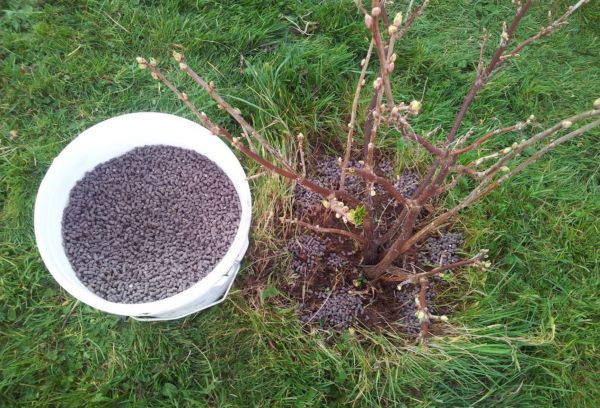
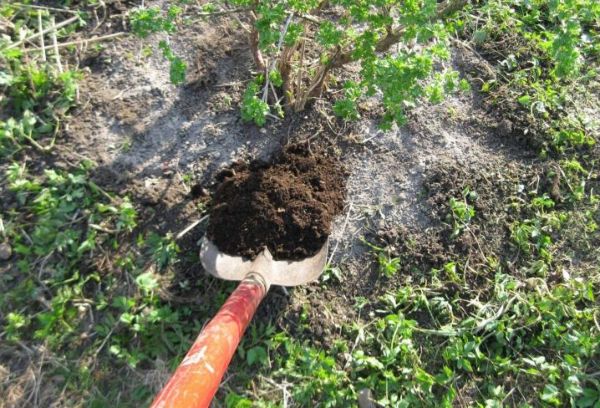
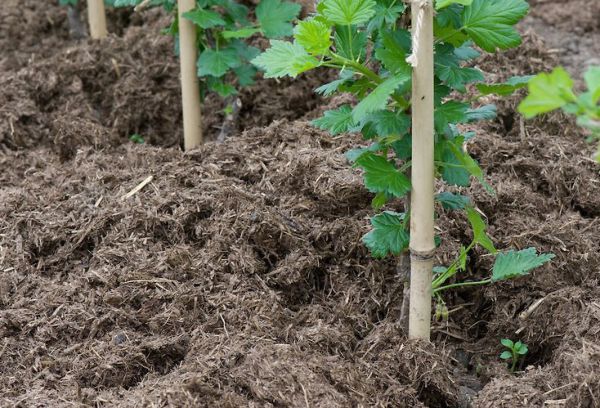
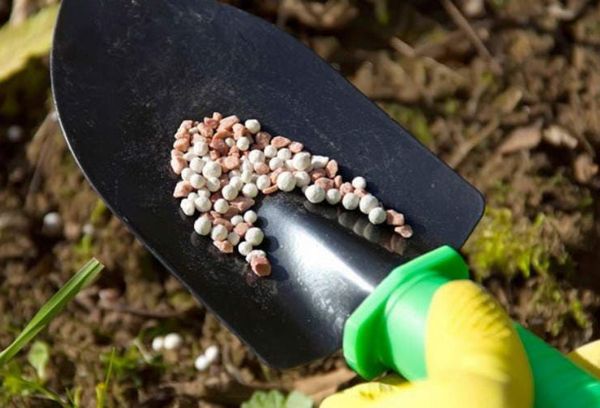


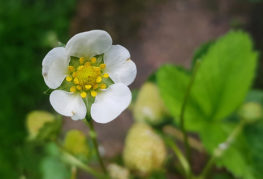
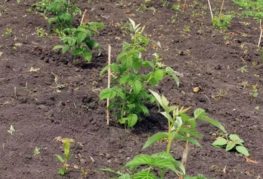
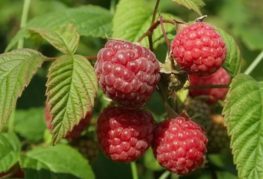
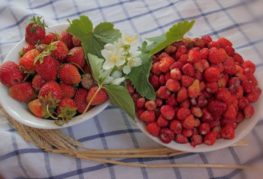
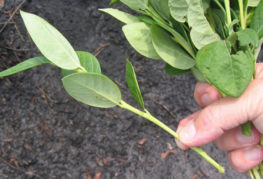
and will be published shortly.